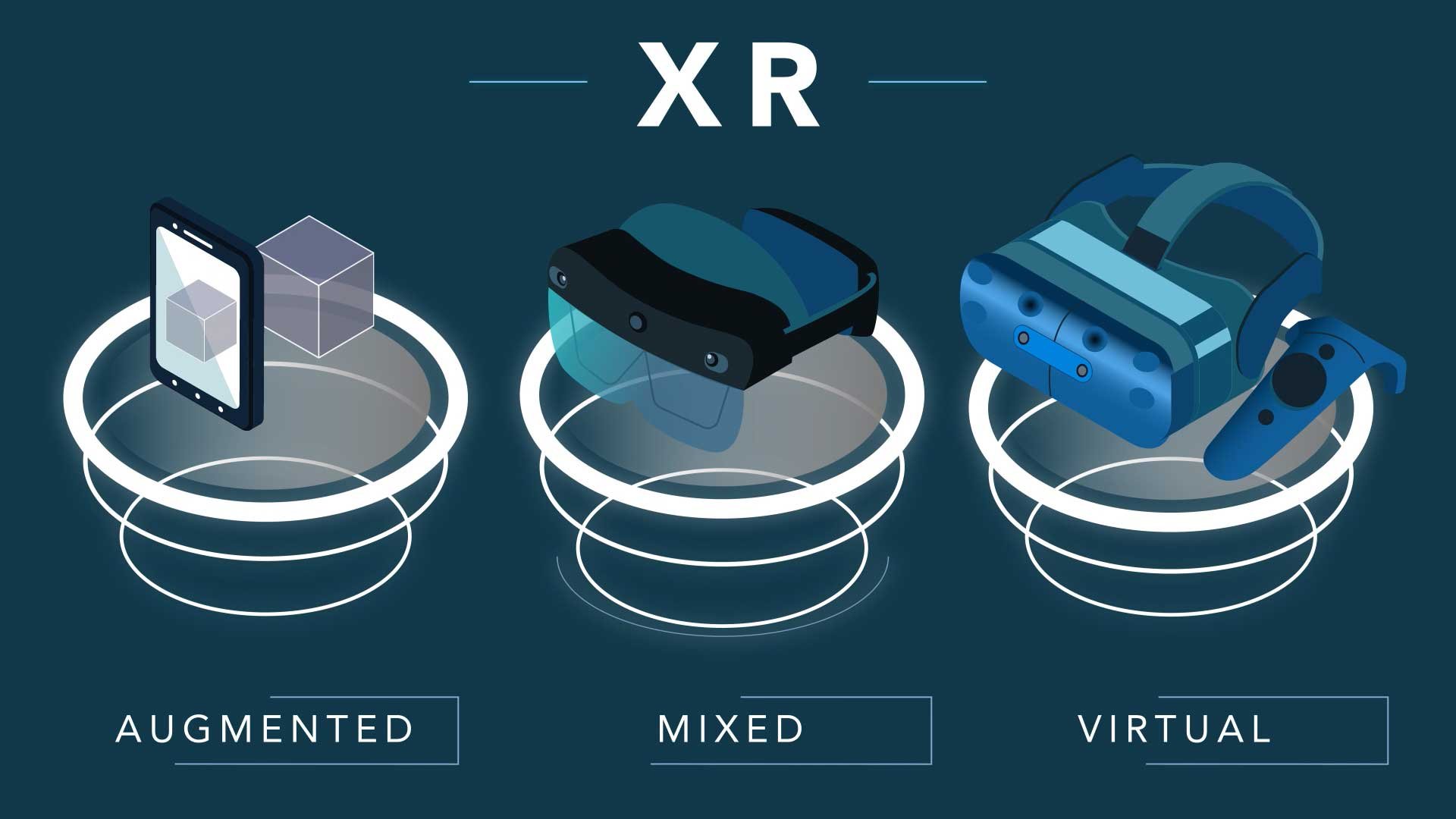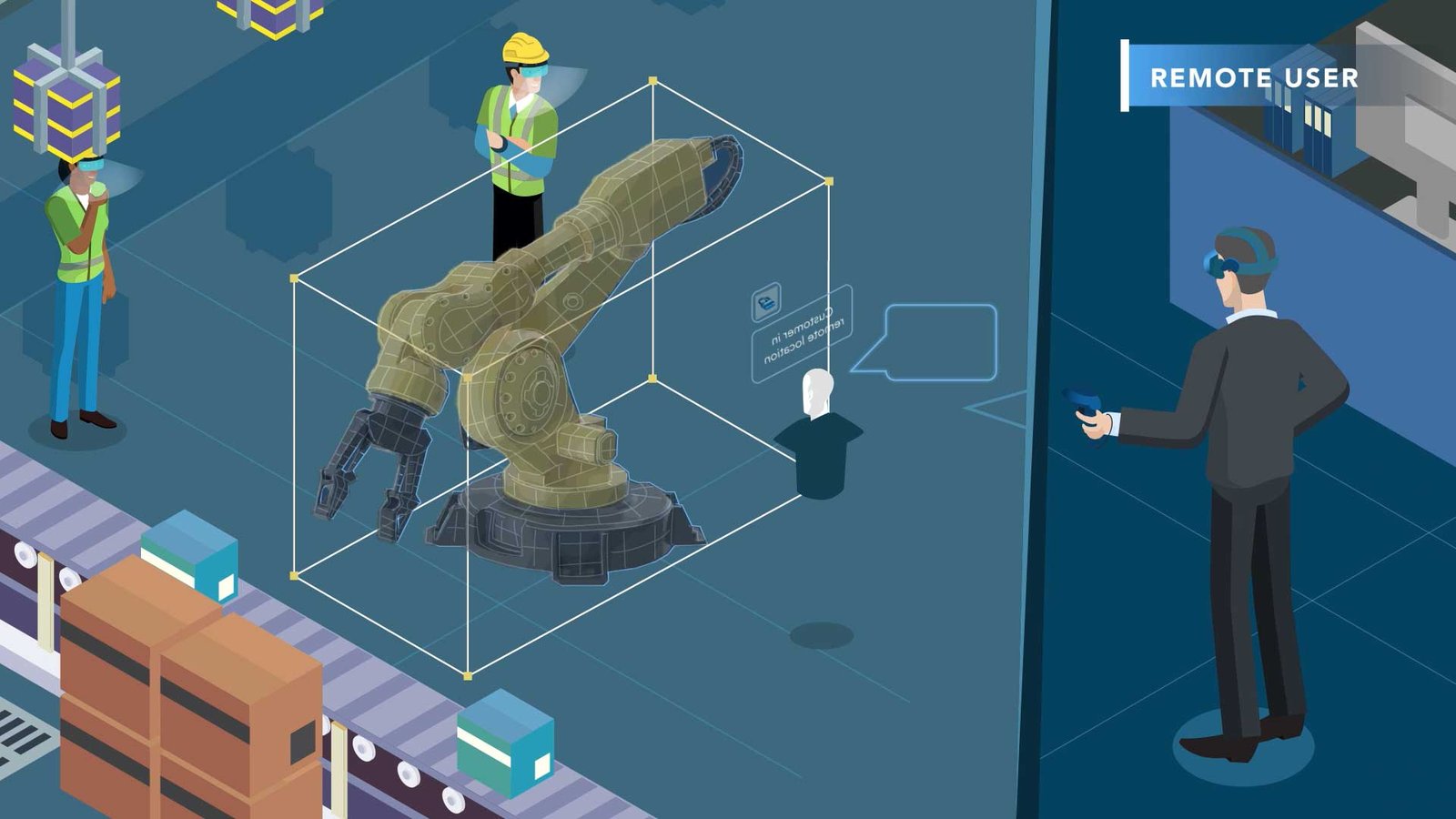Traditionally, design and manufacturing teams have relied on 3D product models or 2D drawings for important decision-making. However, augmented, mixed, and virtual reality technologies (collectively known as Extended
Reality or XR) are providing new ways of interacting with 3D product designs, leading to more efficient and cost-effective processes.

With XR, users can visualise their 3D models from anywhere. This immersive environment allows them to access, analyse and review information in a more instinctive and human way. This can be done collaboratively, with users from any location able to review their data.
Businesses using XR can show customers their designs in a more intuitive way, with fewer physical prototypes early in the process. As a result, customer feedback can be gathered throughout the design process, providing valuable feedback that leads to fewer mistakes and misunderstandings.
Additionally, XR can also provide engineers and designers with better decision-making capabilities. By allowing users to visualise models at full scale and put them into context, XR paves the way for real-time decision-making. Errors, issues and risks can be identified immediately within the XR session.
As a result, problems can be detected earlier in the process, meaning that issues that may have only been identified at product manufacture, shipping or installation, can be addressed quickly. This can lead to significant time and cost savings, as work is not wasted, and the design and manufacturing process is more efficient.
Collaborative Design
Alongside the cost savings from the early identification of issues, there are other ways XR is helping companies save time and money. Firstly, businesses can save on the material costs of producing many prototypes throughout the different stages of production, by instead visualising their models in XR.
Even more significantly, since collaborative design sessions can be joined from anywhere, teams no longer have to travel to conduct design reviews. Travel can be costly, and organising a time for everyone to be there
can cause delays. With globally distributed teams being so common in modern engineering and manufacturing, companies using XR for collaboration experience substantial time and cost savings.
TheoremXR provides simple and efficient data optimisation and preparation, making it easy to reap the benefits of XR no matter what devices you’re using. This data can be used in your own XR applications or in Theorem’s
experiences, including: Collaborative Visualisation, Design Reviews, Factory Layouts, and Training Guides.
To learn more about XR, contact our team of XR specialists today or request a TheoremXR demo. You can also follow Theorem on LinkedIn for the latest news and tips on using XR in engineering and manufacturing.




